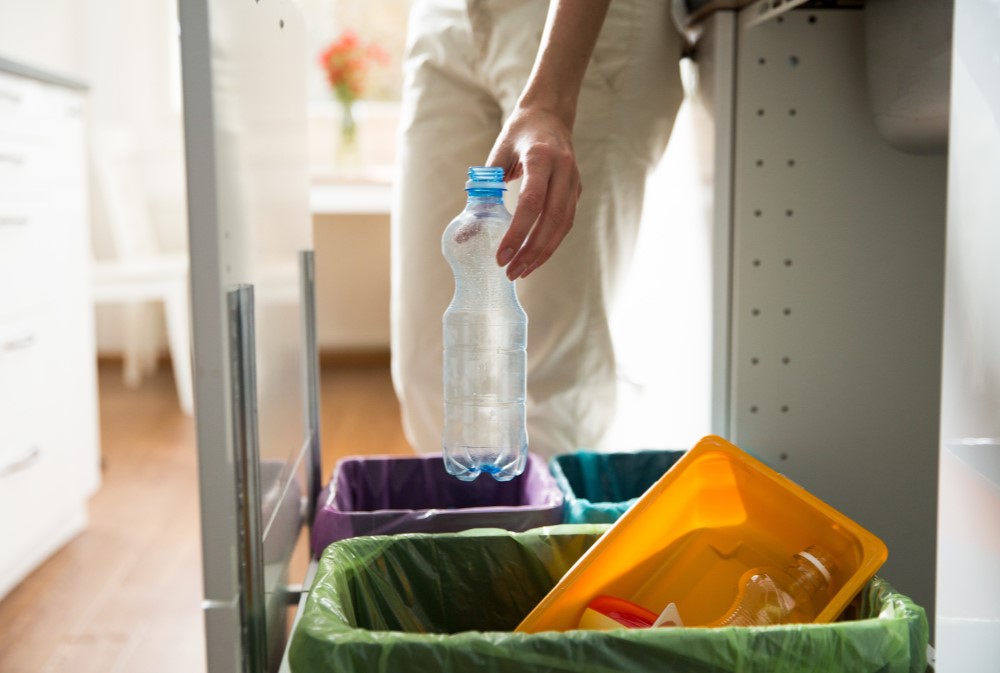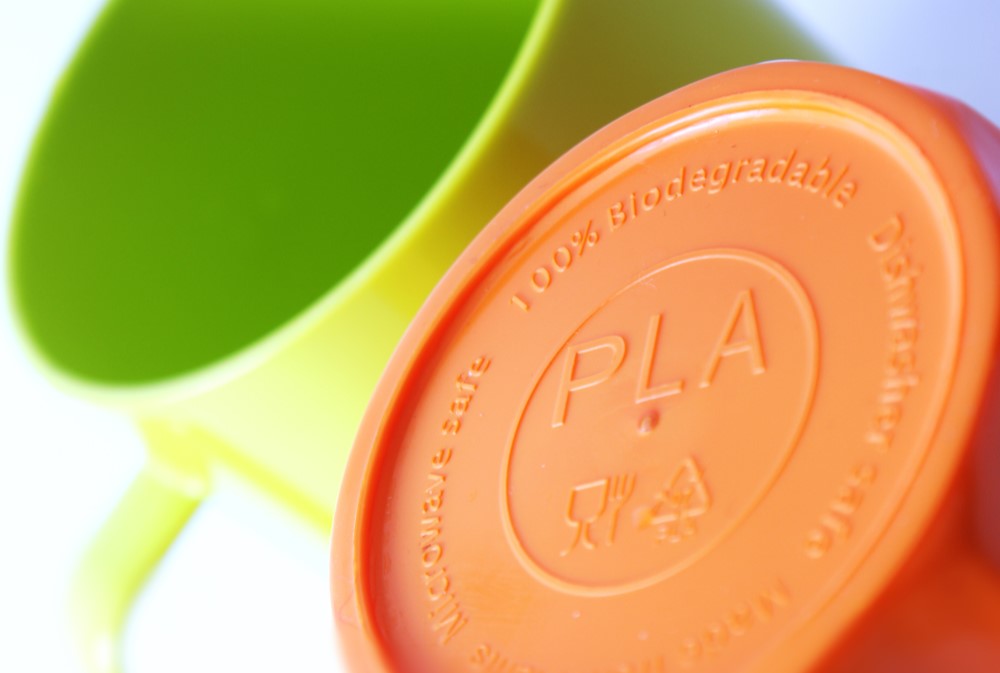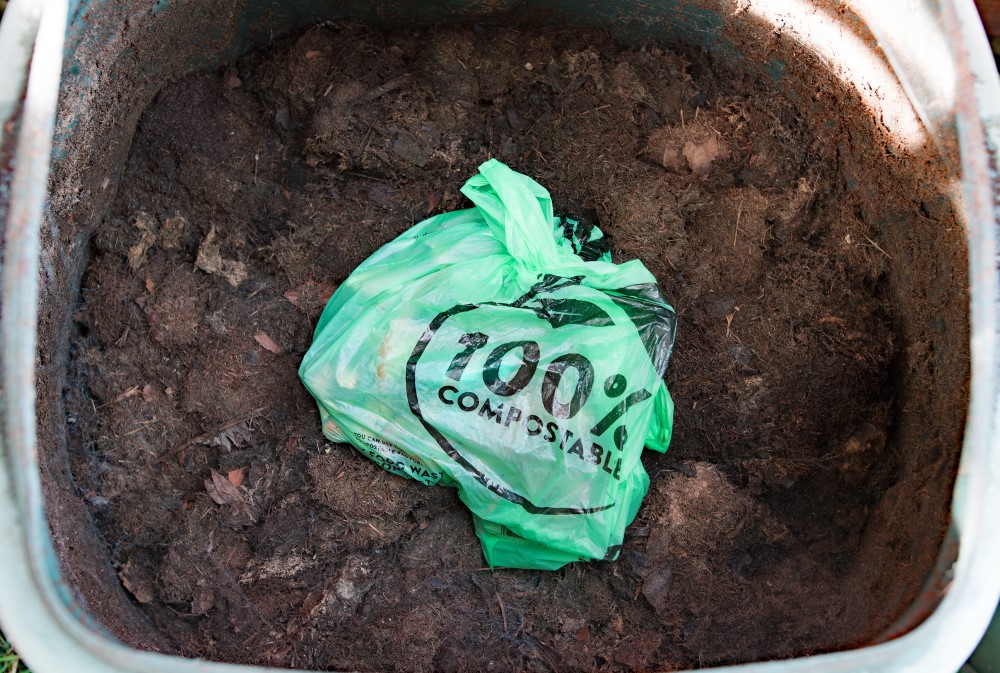Cooking without scissors
Updated 31 augustus 2022.
“Nowadays you can no longer cook without scissors”.
I once heard this sentence somewhere, I do not remember exactly where and when, but it regularly haunts my mind. And in the context of my intention to shape my life in a more sustainable way, I decided to explore this a little further. For a week, I photographed all the plastic packaging of the ingredients I use for my dinner. This was confronting! Right, apparently I cannot cook without scissors, so I come to the question: why is there so much plastic around our food? And, more importantly: can it be done differently?
Safety and convenience
If you as a customer walk through the supermarket and buy a jar of peanut butter, for example, then you know that no one has taken a lick from it. Besides the lid, the jar has an additional layer of cellophane. According to my colleague Harriëtte Bos, safety is indeed an important reason for plastic packaging; shelf life is important; think of the plastic around the cucumber so that it really lasts much longer. In addition, meat is also packaged in plastic under “a protected atmosphere” so that there is, for example, no oxygen in the packaging, increasing shelf life. Convenience is a reason, a kilogram bag of apples is easier to grab compared to a kilogram of loose apples, and of course fragility and weight are also good reasons for plastic packaging. It is not so easy to carry a mega-pack of coke in glass bottles of 2 litres with you. Finally, thanks to the plastic you can also see what you are buying and this makes a product more attractive to buy.
The new plastic economy
Right, so some of the packaging is around a product with a clear purpose. Should we just live with that? Fortunately, the answer is partly no. For example, the Plastic Pact was concluded in 2019. Goal: to achieve a more responsible and simplified plastic chain. But it is precisely this pact that is heavily criticized by, for example, the Plastic Soup foundation. Agreements are not legally enforceable and attractive plastic packaging remains interesting as it stimulates the purchase of the product. So more needs to be done. The Ellen Mac-Arthur foundation provides a nice guideline for ‘the new plastic economy’: 1) all plastics must be used (recycled) as circularly as possible in equivalent applications. 2) leakage of plastics into the environment must be prevented. And 3) production of new plastics will be disconnected from fossil raw materials.
Packaging to be recycled as organic waste, paper or yet plastic?
For us as consumers, this means that we are committed to properly recycle as much of the plastic we use as possible. But that recycling brings me to another topic. More and more packaging now states ‘plant-based packaging’. That gives a good feeling, but when my daughter asks: “How can I recycle this packaging?”, I have no answer. Possibly as organic waste, paper or just plastic? Fortunately, Harriette Bos, co-author of the booklet ‘Biobased plastics 2019’ also provides an explanation here: “There are two main categories of plastics. The first consists of polyolefins such as ethylene; you will find these in plastic bags and kitchen boxes, among other things. They are produced in an irreversible process. Although you can recycle this plastic, this is also the plastic that is found in the environment years later. The second category consists of polyesters or nylon. They are made of building blocks in a process which is basically reversible; they can be degraded. Think of the polyester tent, which is in the sun, which ‘suddenly’ leaks during a rainfall; here the plastic has degraded”.
WUR cooperates with chemical companies
The currently most used polyester, polyethylene or PET, is easy to recycle, but not easily degradable. You can make adjustments by playing with the composition of the building blocks from which it is made. Harriëtte: “The tricky part is that polyethylene can also be made from plant-based raw materials. Yet, even these plant-based PETS can be recycled, but will not degrade. It is therefore very important to indicate the recycling category on the packaging. To make things a bit easier for consumers, we should not only focus on the production of plant-based plastics, but also avoid the use of PETs and replace them with easily biodegradable plastics. Within Wageningen we work together with large chemical companies on plastics that are biodegradable and are produced from renewable raw materials.”
For example, ‘PBS’ is a readily biodegradable polymer that can be produced from corn, where the proteins are used for food and the starch is used for the production of biodegradable plastics. And polylactic acid (PLA) is currently the most important biobased plastic type and one of the most appealing examples of a 100% biobased polymer. PLA has good properties: it is stiff, transparent and glossy and is therefore compostable in industrial composting plants.
Compostable plastic in organic waste processing
Packaging material made from these substances would therefore fit perfectly in the organic waste bin. But many composters are still not confident about it. That is why Wageningen Food & Biobased Research has investigated how compostable plastics behave in the current organic waste processing process in the Netherlands. Conclusion: these plastics can easily be processed with the organic waste. No residues of compostable plastics were found in the compost, the end product of organic waste processing. So, even though it does not really add anything to the compost, but it also has no harmful side effect. It was striking that the compostable products made from polylactic acid (PLA) appeared to degrade faster than, for example, paper and orange peels and could not be found even after one composting cycle of 11 days. This not only applied to the thin tea bags, but also to the thicker plant pots. Important: in this study, remains of fossil (non-compostable) plastics were also found in the compost, so we need to know exactly which plastics we recycle in the organic waste.
Not only composting in waste, but also in the environment
If we look at the new plastic economy, on the one hand we will start using less plastic; we see the shampoo bars and tablet toothpaste appear more and more in the shops. But still: for the safety, convenience and shelf life of our food, we will continue to use plastic. In the first place, we must ensure that these plastics can be recycled properly, by taking this into account in the design of packaging. In concrete terms: do not mix different types of plastic in one product (design for recycling). It is also important that all plastics are made from renewable sources rather than fossil sources. And although we want to prevent the leakage of plastics into the environment, we certainly do not want – should it happen – the to plastics remain in our environment and form a plastic soup. So we want the plastics of the future to compost not only in waste processing, but also in the environment. PhD candidate Julian Engelhart is working on exactly this topic; he is developing a biobased plastic that meets all functional requirements, is stable with ‘fresh water’ but disintegrates into biological components as soon as it comes into contact with salt water. As soon as this plastic is there, we can cook without scissors again, but we will need a glass of salt water to open our packaging.
 At the Circling Back symposium in November 2022, WUR will provide an overview of the results of four years of research. More than 50 researchers from all WUR Science Groups collaborated to gain new insights towards a circular, biobased society: ‘Connected Circularity’. Many stakeholders were involved in support for the transition to a circular bioeconomy, from small entrepreneurs at a local level to system partners at a global level. We worked with four so-called ‘Flagships’ in order to translate insights and tools in the field of circularity into practice. Read more.
At the Circling Back symposium in November 2022, WUR will provide an overview of the results of four years of research. More than 50 researchers from all WUR Science Groups collaborated to gain new insights towards a circular, biobased society: ‘Connected Circularity’. Many stakeholders were involved in support for the transition to a circular bioeconomy, from small entrepreneurs at a local level to system partners at a global level. We worked with four so-called ‘Flagships’ in order to translate insights and tools in the field of circularity into practice. Read more.




